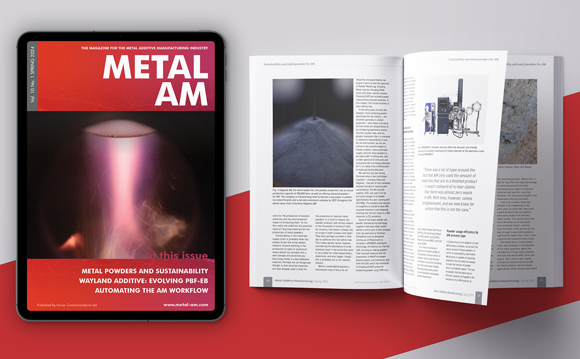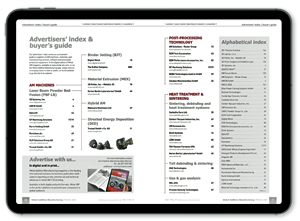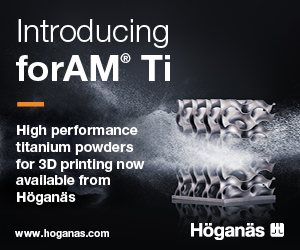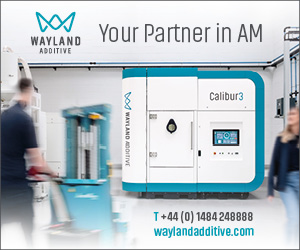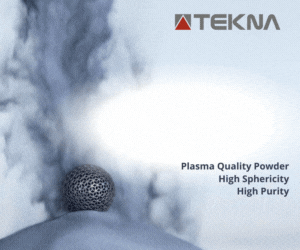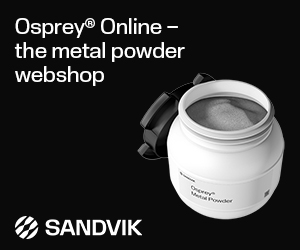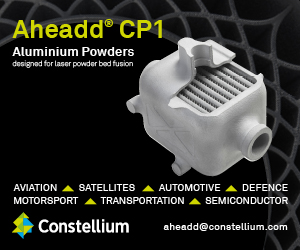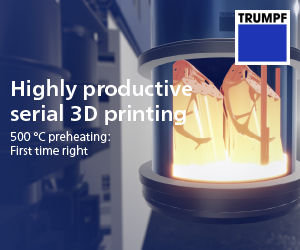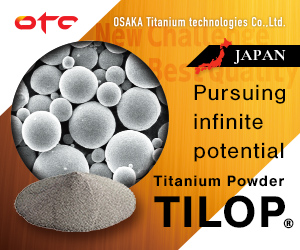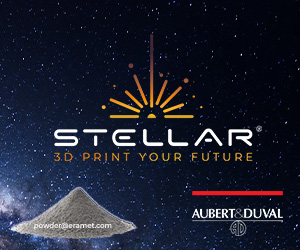Linde and Liebherr-Aerospace collaborate to optimise additively manufactured aluminium aircraft components
May 16, 2019
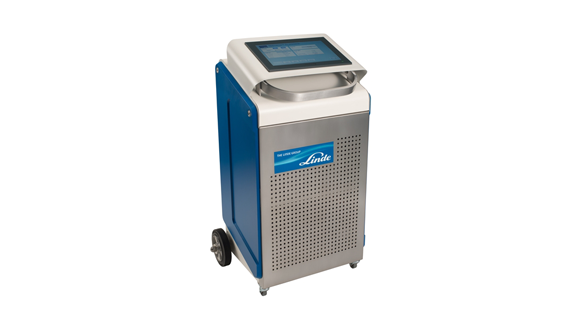
Linde’s ADDvance® O2 precision technology was implemented to improve Liebherr-Aerospace Toulouse’s AM process (Courtesy Linde)
The Linde Group, a leading industrial gases and engineering company has collaborated with Liebherr-Aerospace Toulouse SAS, France, part of the Liebherr Group, Switzerland, in a project set to optimise the benefits of Additive Manufacturing for aluminium aircraft components. To date, the project has reportedly delivered definitive results in terms of improvement of product quality and production repeatability, with Linde’s ADDvance® O2 precision solution gas analysis technology reported to play a central role in the research.
According to Liebherr-Aerospace, it is keen to integrate the fabrication of additively manufactured parts into its established automated workflow to enhance manufacturing efficiency and reduce production surplus. As AM represented a new manufacturing approach for the company, a pilot project was launched in collaboration with Linde to develop aluminium components, including bleed air valves.
Liebherr-Aerospace installed its first metal AM system at its manufacturing centre in France, but initial tests indicated that oxygen levels fluctuated during the AM process. The variation in oxygen levels were seen to negatively impact the quality of the printed parts – particularly those made from aluminium alloys. Linde states that the solution was to implement its ADDvance O2 precision technology to provide continuous analysis of the gas atmosphere. This technology can reportedly detect O2 concentrations with high precision – as low as 10 parts per million (ppm) – without cross-sensitivity, the unit automatically initiates a purging process to maintain the atmosphere to the required purity.
After the atmosphere in the Additive Manufacturing chamber is purged, impurities can remain due to incomplete purging, via access through loose connections or within the metal powder itself. Small variations in oxygen content can impair the mechanical or chemical properties of alloys sensitive to oxygen like titanium or aluminium. This can affect the composition of the end product, resulting in discolouration and even poor fatigue resistance.
“Linde has always played a pioneering role in the development of atmospheric gas technologies,” stated, Pierre Forêt, Senior Expert Manufacturing, Linde. “That we were selected by Liebherr-Aerospace Toulouse to collaborate in this important project to advance the understanding of the role atmospheric gases play in Additive Manufacturing of critical aerospace parts, is further testament to our innovative capabilities.”
The ADDvance O2 precision has reportedly provided Liebherr-Aerospace with precise, granular control over oxygen concentrations in its printer chamber, allowing them to test different levels to assess how it impacts AM components. It is said to significantly improve monitoring and control through a feedback loop with dynamic adaptation, meaning operators can define a setpoint value and maintain purity levels. In addition, an unexpected benefit was the ability to also measure humidity within the chamber, another critical variable in the production process and a capability unique to ADDvance O2 precision.
Frédéric Letrange, AM Project Leader, Liebherr-Aerospace Toulouse, commented, “We know that gas purity during fusion has a direct impact on the mechanical and metallurgical properties we can expect to achieve – especially with aluminium alloys. So, we needed a dedicated solution to help us improve atmosphere control in the printer. Having looked at the various oxygen measurement and control systems available on the market, it quickly became clear to us that ADDvance O2 precision was the most mature so it was a natural step for us to expand our partnership with Linde into the Additive Manufacturing space.”



